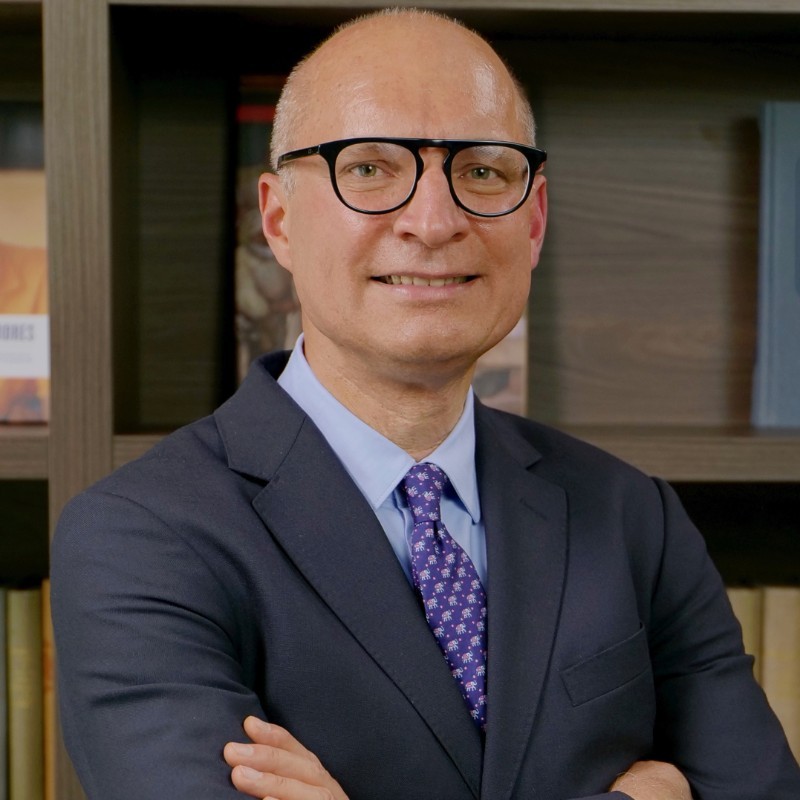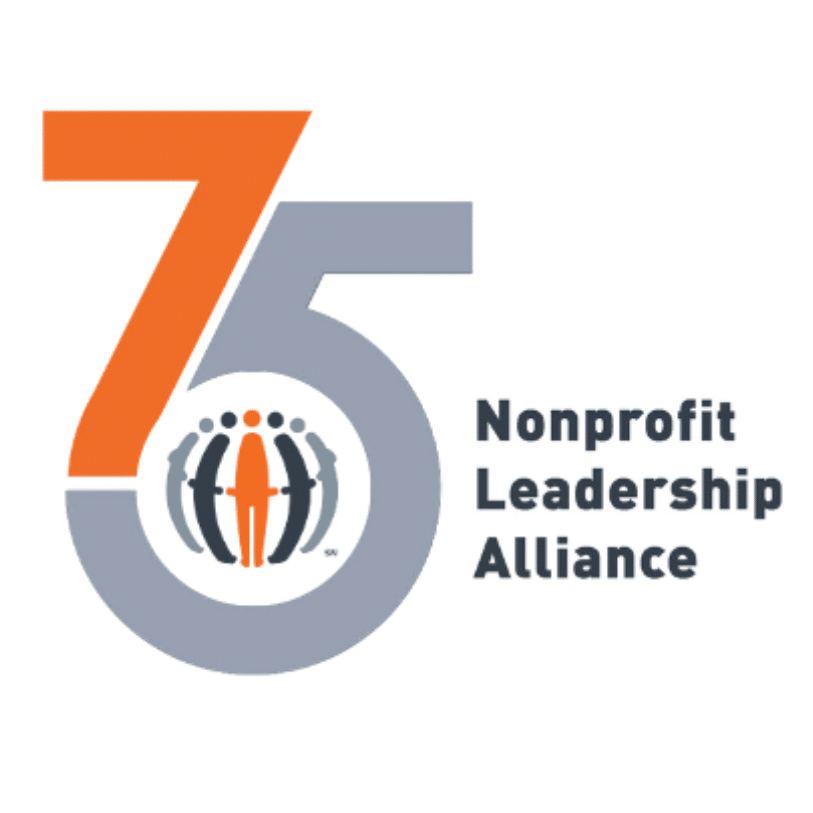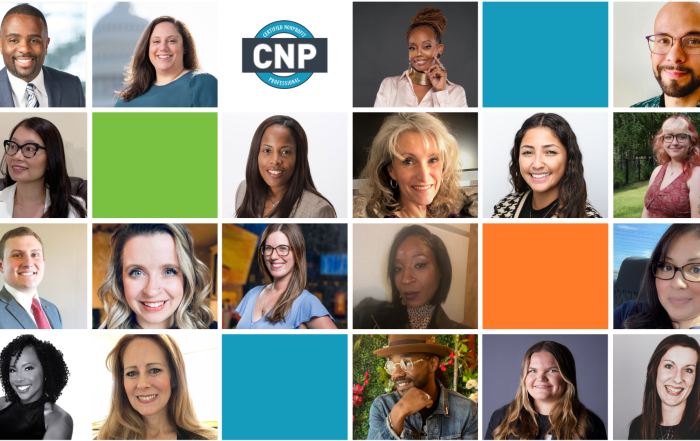As the CEO of a global organization, I have seen firsthand the power of global talent. Vital Strategies, the New York-based public health nonprofit I’ve led for the past two decades, employs nearly 400 people in 16 countries. We have staff from all walks of life, with a wide range of talent and experiences, and more than half of our staff is based outside the United States.
At Vital Strategies, we consider our global diversity to be our strength, and a powerful asset in our mission to reimagine public health for everyone.
Zooming In and Zooming Out
A global talent base is like the versatility of a powerful camera lens: It allows you to zoom out to capture the larger picture of pressing public health issues, and to zoom in when you need a more context-driven local perspective.
The telephoto perspective allows us to identify problems. Yet to address these problems, we need to zoom in, convening experts, civil society and affected communities to explore sustainable solutions that work in the local context. And you need a diverse team to focus on that global-to-local perspective.
The more you embrace global diversity, the broader your talent pool and more innovative your solutions.
Global Talent Base, Global Challenges
Yet managing a global team is not without its challenges. Some of these challenges are practical barriers, such as language, distance, and time zones. With considerate leadership and thoughtful planning, though, these barriers are easy to dismantle—such as by using technology that allows staff to make presentations in their home language.
Some challenges may be less tangible, such as cultural differences and values. But by building an organizational culture that cuts across borders to unify staff, team members are better equipped to build bonds across time zones.
This can be achieved by emphasizing the global values that unite us, regardless of what language we speak or what day of the week we worship. These are the pillars on which we build our organizational culture: Inclusive collaboration, respect, commitment to learning and adaptability.
To make sure that everyone feels respected and valued, as a leader of a global organization you must cultivate an environment built on sound principles. Principles that are a part of everything you do, starting with recruiting and onboarding. For example, are the people you are looking to hire comfortable with your mission and the broader values of your organization? Do they represent a diversity of nationalities, ages, backgrounds and perspectives? Do their skills and talents complement your existing team? Don’t wait until they’ve accepted a job offer to find out—start by incorporating questions into your interview process.
Having worked in the global sphere for more than 30 years, I can say that the investments you make to build a culture of inclusivity—one that respects and values cultural differences and diverse talents—is beneficial in the long run not just for your organization, but also for the communities you serve. Consider these four pillars to build a culture in which everyone feels welcome:
Four Pillars to Build an Inclusive Culture
Inclusive collaboration is the key to success. When your team is working together and sharing ideas, you strengthen ties within your organization. Using technology to convene staff in different offices on group projects, for example, allows colleagues to feel that their input is valued, regardless of where they work. As a result, your team can solve problems more quickly and innovatively.
Respect: Our mission is to reimagine evidence-based, locally driven policies and practices to make good health accessible to everyone. But we cannot achieve our goals without respecting the expertise and experience of our global staff, global partners, and the communities we serve. Respect begins within the workplace, by fostering a culture that allows every member of the team to feel seen and valued—regardless of their position, home language, or country of origin.
Commitment to learning goes hand in hand with respect. As I have written before, we do not just recognize the experience and expertise of global staff and partners—we learn from it, seeking to understand the “why” behind a particular practice or belief. Without that knowledge, and the opportunity to adjust our own approach accordingly—we cannot continue to build sustainable progress.
Adaptability is the final pillar of the foundation: the synthesis of collaboration, respect, and a commitment to learning. To leverage the strengths of global representation, your organization must read the signs and adapt quickly and effectively to environments. The COVID-19 pandemic is one indisputable example of the importance of adaptability. During the height of the pandemic, Vital Strategies pivoted quickly to a global COVID response promoting, for example, health care worker safety, sound data for decision-making, and strategic communication to counter the misinformation surrounding COVID-19 with credible public health information in more than 20 countries. We also adapted quickly internally, promoting self-care within our organization and maintaining a sense of community and support through virtual channels.
Imagine these four pillars as the settings of your camera lens. These days, anyone with a phone can snap a picture at any moment. But to achieve a truly exceptional photo, we need the proper tools. Embracing global diversity and global talent is a critical step, but it is not the end of the journey. Learning how to navigate these settings is key to unlocking the vast benefits that global diversity offers.
About the Author
 José Luis Castro, President and CEO of Vital Strategies
José Luis Castro, President and CEO of Vital Strategies
José Luis Castro, FRSA, is the President and CEO of Vital Strategies, where he has led a rapid expansion of Vital Strategies’ portfolio to tackle the world’s most difficult health challenges, primarily in low- and middle-income countries. The organization now reaches into 73 countries and has touched the lives of more than 2 billion people.
An expert in global health and public health management, Mr. Castro was a founder of Vital Strategies in 2004 and has led it since then to become an organization with offices in six countries, an annual operating budget of $182 million and a team of more than 400. Starting with a primary focus on tobacco control and additional programs in tuberculosis and maternal health, in the past decade Vital has expanded with work across the field of noncommunicable diseases and injuries, including road safety, overdose prevention, data for health, food policy, air quality and urban health.
Did you enjoy this story?
Get nonprofit tips and tools delivered right to your inbox by joining The Nonprofit Leadership Alliance Newsletter. Our bimonthly newsletter will make sure you know what’s happening with our network of social sector leaders.
Uplifting Middle Tennessee: Nicole Olivia Rose’s Dedication to Nashville
In the heart of Nashville’s nonprofit sector, you can find Nicole Olivia Rose, CNP (Certified Nonprofit Professional). This exclusive interview gives us a peek into her inspiring career journey and the profound impact one individual
58 Reach Midway Point in Nationally Recognized Nonprofit Training Program
In the nonprofit sector, effective leadership plays a vital role in bringing about significant change. The Certified Nonprofit Professional (CNP) program, administered by the Nonprofit Leadership Alliance, proudly recognizes the hard work of the 58
Leveraging AI in Social Work: A Pathway to Empowering Vulnerable Populations
The intersection of Artificial Intelligence (AI) and social work is guiding a new era of technological transformation, promising to revolutionize how social services are delivered to the most vulnerable sectors of society. AI's predictive analytics,



